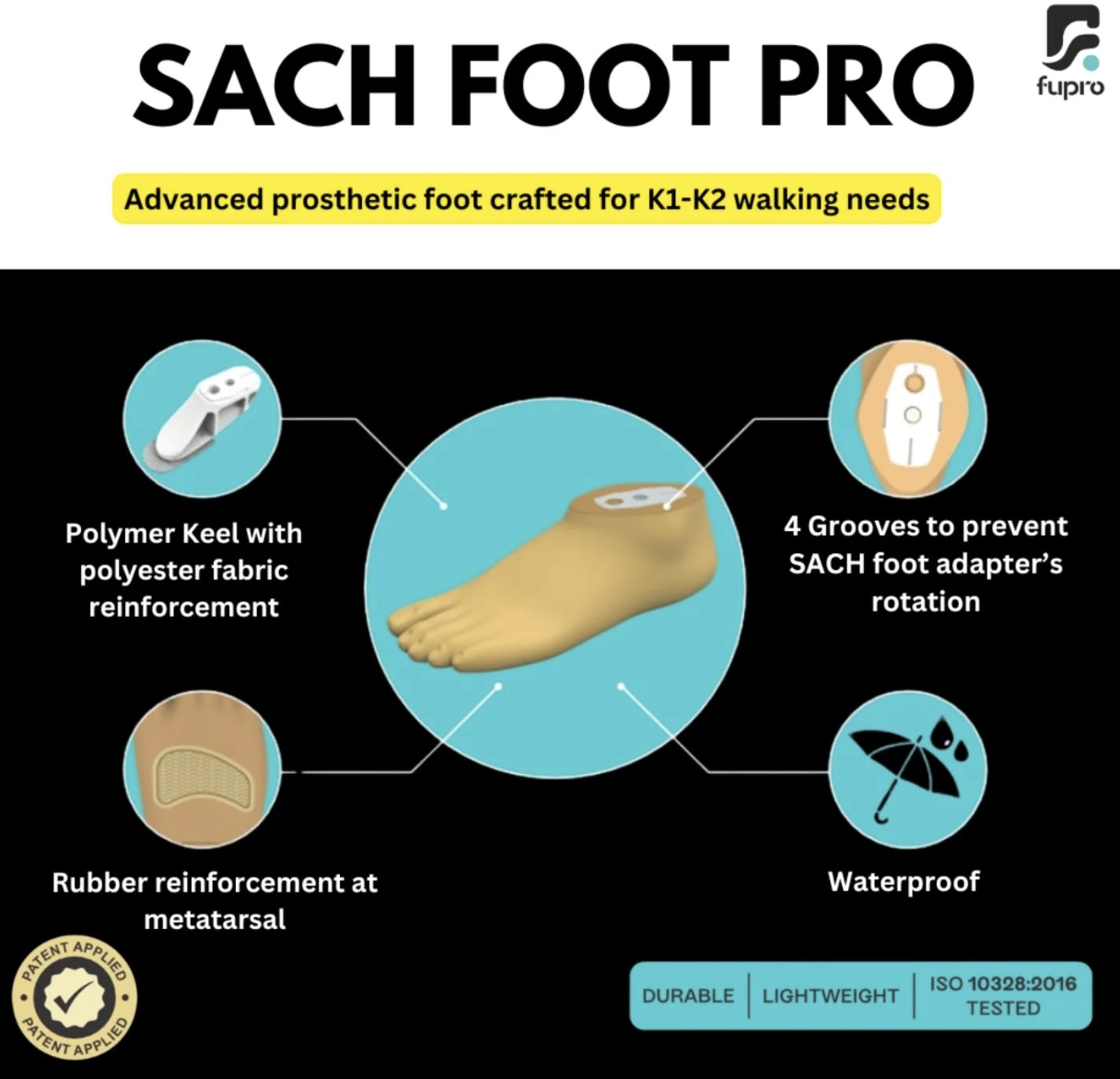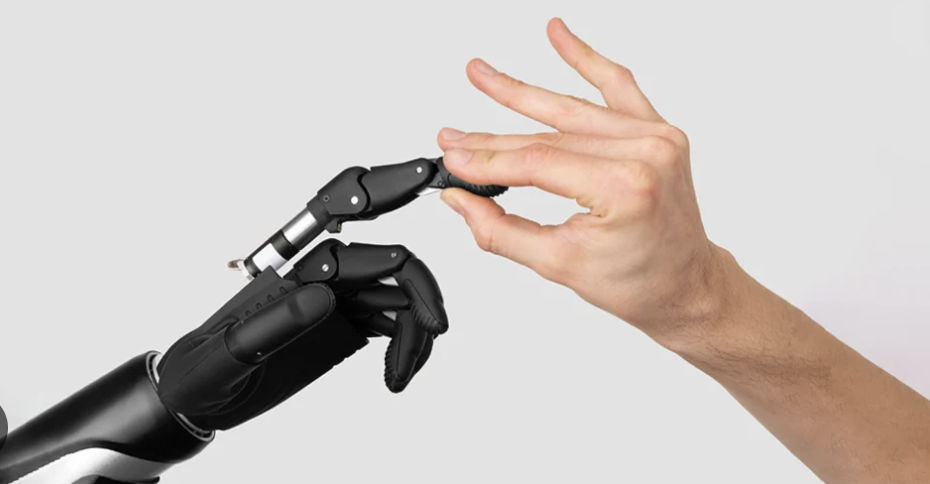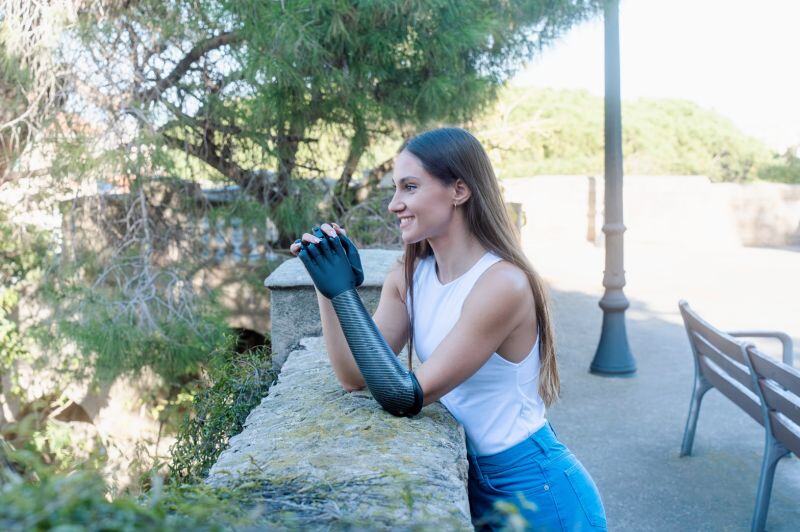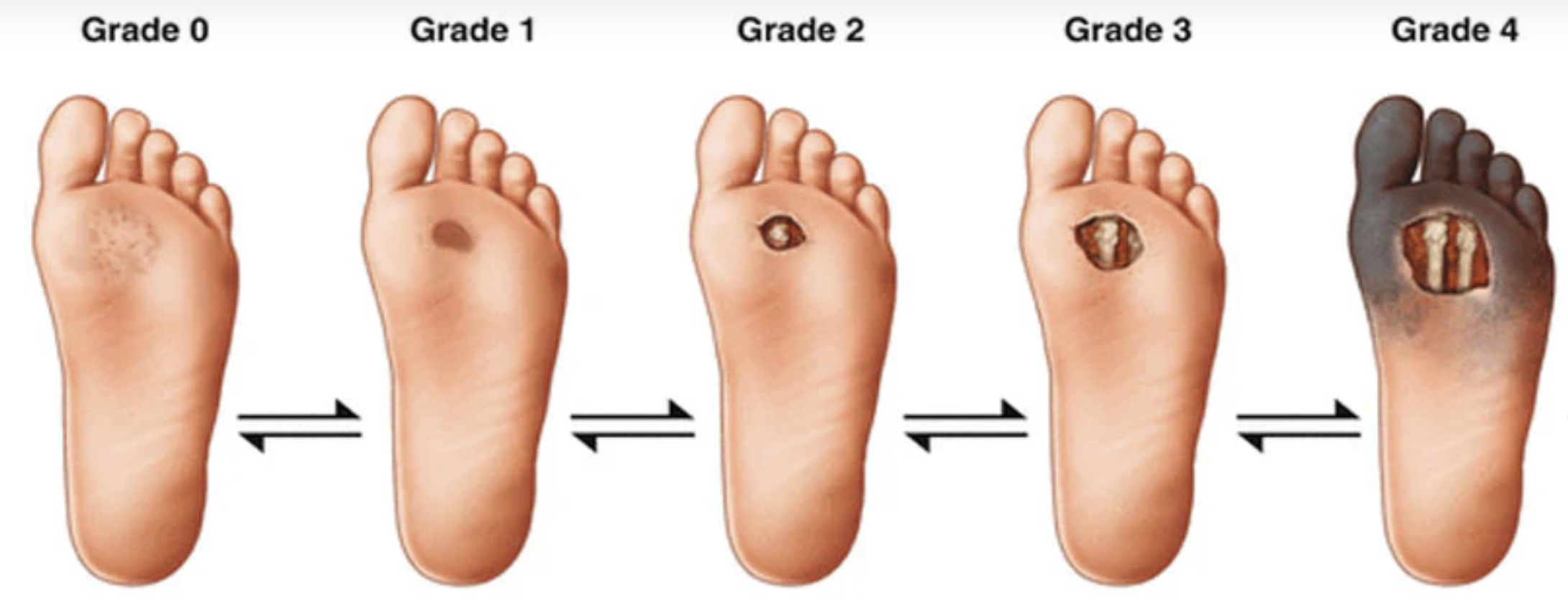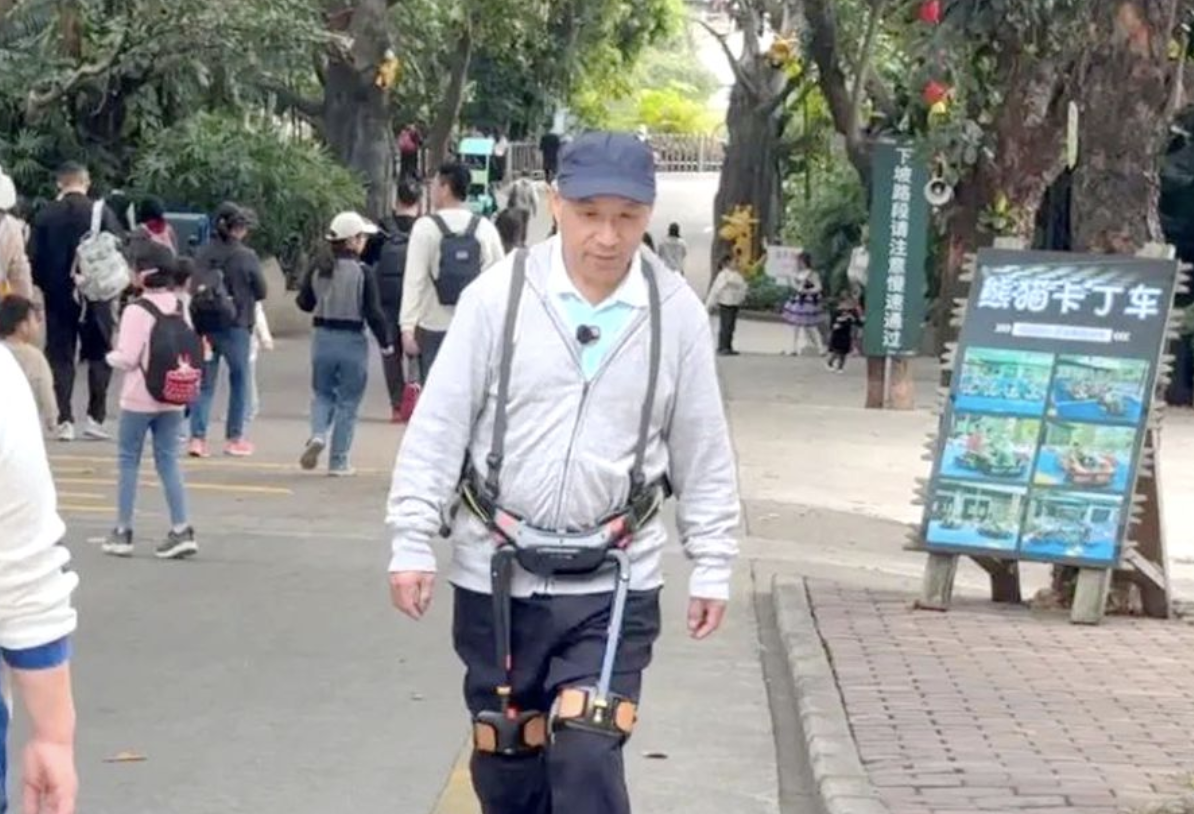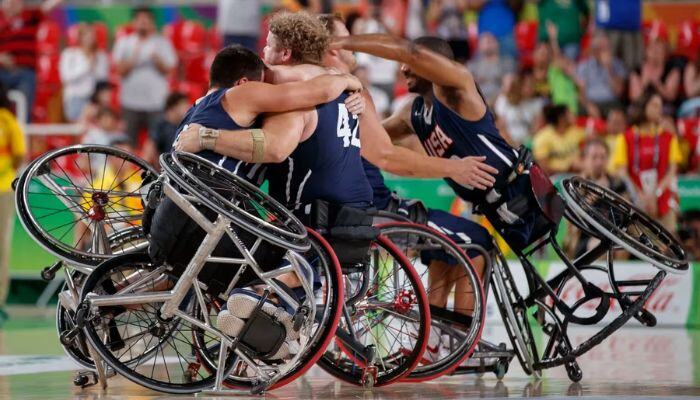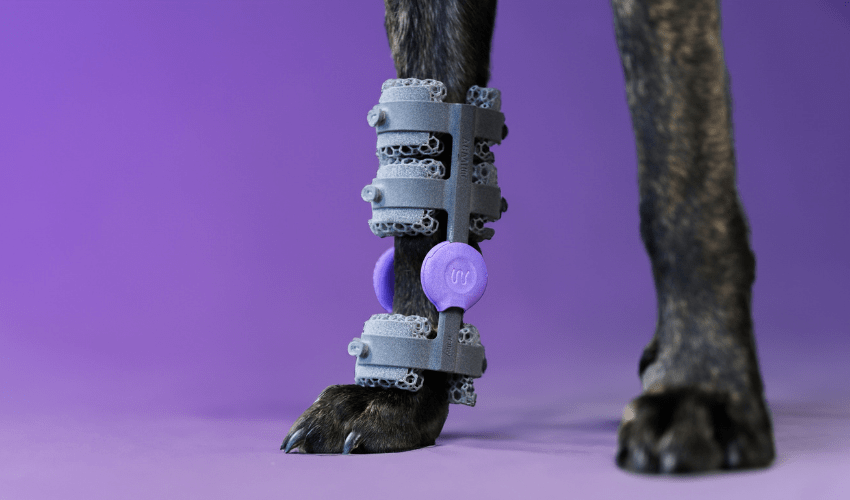The Personal Fit Breast Prosthesis project, established by Netherlands-based start-up hashtagtwo, is on a mission to deliver external breast forms so precisely tailored to an individual's body, they almost forget they're even wearing them.
The ‘hash tag two’ breast orthosis, 3D printed with the Arburg freeformer, can be fully tailor-made, including shape, density, size, colour and in certified medical product grades which are lightweight, breathable and 100% recyclable. This year, it took home the TCT Healthcare Application Award - Sponsored by HP at the 2024 TCT Awards.
Here, Dr. Didier von Zeppelin (DVZ), Manager Additive Manufacturing at Arburg, and Alexander Reutelingsperger (AR), CTO at Hashtagtwo, discuss their TCT Award-winning collaboration.
TCT: How did this collaboration start?
DVZ: Arburg and Hashtagtwo crossed paths during the research phase of a 3D printing startup at Chill (Chemelot Innovation and Learning Labs) in the southern region of the Netherlands. The concept revolved around harnessing new 3D scanning, printing techniques, and materials to create custom-made external breast prostheses.
TCT: What unique advantages does 3D printing, specifically the freeformer, provide?
DVZ: The quest for the appropriate 3D printer involved extensive collaboration with Chill, the innovation and learning lab of Zuyd University of Applied Sciences at Brightlands Chemelot Campus. The open system of the freeformer was the key to rapid success in identifying the settings for the different materials. This endeavour culminated in the selection of a medical certified original material (Cawiton SEBS) with a Shore A value of 40. The granule is processed and the prostheses printed using ARBURG's freeformer. This material is exceptionally lightweight, flexible, and breathable, allowing the prosthesis to be worn directly on the skin without the need for a special bra. Few others can replicate the open structure of the prosthesis as effectively as the freeformer. ARBURG supported the Limburg-based company in developing this application. The material used is much lighter than silicone, can be worn directly on the skin, and is suitable for activities such as swimming and sports. Additionally, it is suitable for reuse.
TCT: Can you talk about the demand for this product?
AR: Unfortunately, the global incidence of breast cancer continues to rise. The options for external solutions were extremely limited and, until recently, consisted only of standard silicone products. However, women do not have standardised breasts, so these products were either too large or too small. Reconstruction often relied on implants, but there is a growing trend of women questioning the use of silicone in their bodies. Another option involves reconstruction using the patient's own tissue, but not all women are willing to undergo or qualify for this lengthy process. A custom-made, personalised 3D prosthesis provides an additional choice.
The difference between wearing a standard silicone prosthesis, which needs to be worn in special bras and is heavy and warm, compared to a lightweight, custom-made, personalised prosthesis that can be worn in a regular bra is substantial. With silicone prostheses, women must always adapt to the prosthesis and consider its vulnerability. In contrast, the printed prosthesis adapts to the wearer and her lifestyle.
TCT: How does the process work?
AR: The entire process takes place online. Users need a smartphone, the Hashtagtwo app and a QR code. Women can scan their breasts and/or scars in their own environment at any time of the day using their smartphones. The application captures a total of four point clouds: two for the shape and symmetry of the breast in the bra, and two for the scar area. These point clouds are then sent to the central computer. The app and the phone are then empty. The application, developed by Hashtagtwo, converts the point cloud into a model that can be printed, tailored to the woman's scar and body in the colour of her choice. A post-operative variant can be printed if the mastectomy is recent, followed by a final version when the scar has healed, fitting snugly in the bra.
TCT: Can you talk about the sustainability element and why that was important?
DVZ: Sustainability was a top priority in selecting suitable materials for soft 3D printing. The goal was to reuse all materials. No inventory and no waste. Silicone prostheses are not sustainable at all. For our innovation, we aimed for a cradle-to-cradle approach, ensuring ownership of the materials throughout the process. Hashtagtwo's prostheses are available through a subscription model, where wearers pay a fixed monthly fee for a duration of one year. Wearers return the prostheses they no longer use to Hashtagtwo. The material is processed into new feedstock for the ARBURG freeformer.
TCT: What has the feedback been like so far from users?
AR: No longer confined by standard sizes or uncomfortable fittings, wearers enjoy newfound freedom and confidence, seamlessly integrating the prosthesis into their active lifestyle. Women are taking control again. They now have a choice. Nothing to hide anymore. Delighted to finally have the freedom to choose their own bras and swimwear.


